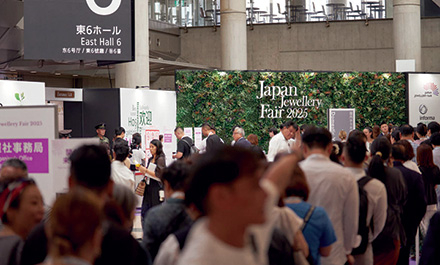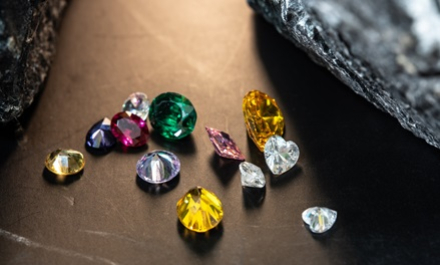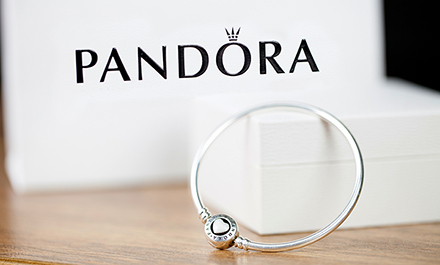The Japan Jewellery Association (JJA) is focusing on younger Japanese consumers and technological advancements to reinvigorate demand for the Made in Japan brand of jewellery.
According to JJA Chairman Keita Nagahori, the jewellery-buying behaviour of Japanese consumers has undergone fundamental changes.
“Traditionally associated with gift-giving, jewellery is now increasingly appreciated for its fashionable attributes and purchased for personal wear. Ear cuffs, in particular, are highly popular, with numerous companies crafting distinctive designs featuring pearls, diamonds, and coloured gemstones,” Nagahori remarked.
In addition, Japan is facing a demographic shift with an ageing population and declining birth rates. The number of young people purchasing engagement and wedding rings is on the decline, said Nagahori.
To address this, JJA spearheaded the launch of a Bridal Diamond Jewellery Pavilion at the Japan Jewellery Fair (JJF) in August 2024. The main objective was to revitalise younger individuals’ desire for bridal jewellery and encourage further jewellery purchases, ultimately boosting sales of other jewellery pieces.
The association is also doubling down on its “Pearls for 20” campaign, which rides on the traditional Japanese “Coming of Age Ceremony” (Seijin Shiki) held when one turns 20. The ceremony celebrates an individual’s transition into adulthood and is often commemorated by special gifts.
“We hope to encourage Japanese parents to give pearl jewellery as gifts to their daughters for their 20th birthday, making jewellery part of their everyday lives,” Nagahori explained. The campaign includes promotional videos on social media.
Global presence
On the international front, JJA intends to further strengthen the Made in Japan brand of jewellery on the global stage.
Latest data from JJA showed the country’s jewellery exports rising to 271.7 billion yen (around US$1.9 billion) in 2023, up 64.4 per cent from the previous year. This was the first time since 2017 that jewellery exports exceeded 200 billion yen (around US$1.4 billion).
Exports in other related categories increased as well in 2023: Diamonds were up by 48.3 per cent; coloured stones, 170 per cent; precious-metal products, 60.1 per cent; and pearls, 95.2 per cent.
Nagahori attributed the surge in exports to the depreciation of the Japanese yen, coupled with the resumption of Hong Kong jewellery fairs after the pandemic.
The weakened yen likewise prompted an influx of foreign visitors to Japan, contributing to a 2.3 per cent year-on-year growth in Japan’s jewellery retail market in 2023. The latter is estimated to have reached 1.0462 trillion yen (around US$7.33 billion) last year.
Nagahori noted that Japan-made jewellery, already highly sought after by international buyers for its craftsmanship and exceptional quality, is made even more appealing through technological advancements.
Innovations in 3D printing technology and Artificial Intelligence (AI) are improving jewellery manufacturing processes, particularly engraving techniques and design processes. But Nagahori stressed that while AI can enhance production efficiency and spark creativity, the final decision on production still lies in the hands of designers and craftsmen.
Moving forward, JJA will continue to promote Japanese jewellery brands and showcase the country’s high-quality jewellery at jewellery fairs in 2025, he said.










